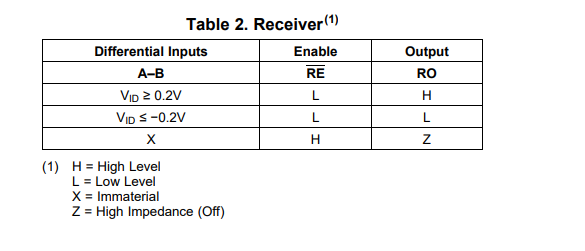If Unused, can Differential Inputs be left Open? (Or does it need to be tied LOW or HIGH).
-
Ask a related question
What is a related question?A related question is a question created from another question. When the related question is created, it will be automatically linked to the original question.


